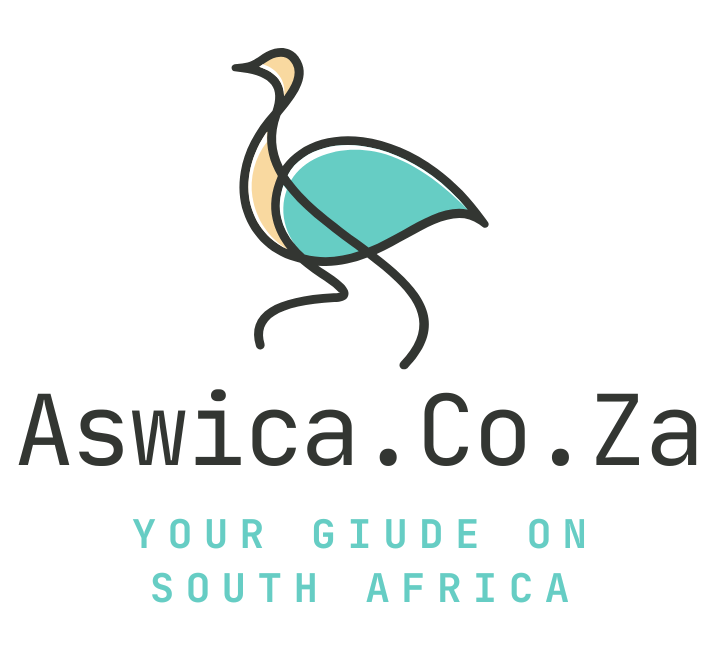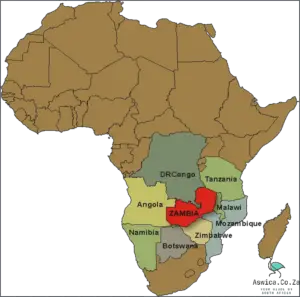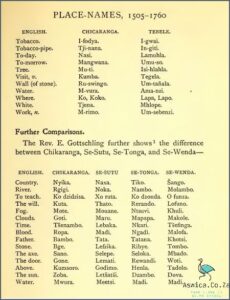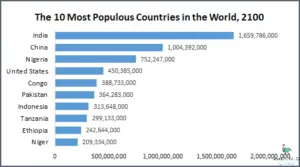
The Khoisan people are the indigenous people of southern Africa, occupying some of the driest and poorest areas of the region. The term "Khoisan" is a generalization used to describe two distinct groups of people: the hunter-gatherer San people (sometimes called Bushmen), and the pastoralist Khoi people (sometimes called Hottentots). Although the two groups share some cultural similarities, they are distinct in many ways.
The Khoisan have a long and rich history in southern Africa. They are thought to be the descendants of the first people to settle in the region, and their cultures have been shaped by the harsh climate and sparse resources of their homeland. The Khoisan have always been a marginalized people, often persecuted and discriminated against by the governments and majority cultures of southern Africa. In recent years, however, the Khoisan have begun to assert their rights and cultural identity, and they are now recognized as one of the distinct peoples of the region.
Contents
- 1 Who Were The Khoisan In South Africa
- 2 History: Origins of the Khoisan people, their language and cultural practices
- 3 Population: Breakdown of the current Khoisan population in South Africa
- 4 Challenges: Challenges faced by the Khoisan people in the present day, such as land rights, poverty and lack of recognition
- 5 Conclusion
Who Were The Khoisan In South Africa
The Khoisan are a group of people that have lived in Southern Africa for thousands of years. They are the original inhabitants of South Africa and are believed to be the first people in the region. The Khoisan traditionally consisted of two distinct groups, the Khoekhoen and the San. The Khoekhoen were herders who raised cattle, sheep, and goats, while the San were hunter-gatherers. They are believed to be the first people to inhabit the regions of Namibia, Botswana, and South Africa. They were known for their unique language, culture, and spiritual beliefs. Despite their long history, the Khoisan were heavily discriminated against during the time of Apartheid and are still fighting for recognition and rights today.
History: Origins of the Khoisan people, their language and cultural practices
The Khoisan are a historically significant group of people in South Africa, whose language and cultural practices have endured for centuries. They are an ethnic group that has lived in the southern part of the African continent for thousands of years, predating the arrival of the Bantu-speaking peoples who are now the majority ethnic group in South Africa.

The Khoisan people have a unique language and culture. Their language is known as Khoisan, and is the oldest language family in Africa. It is composed of several distinct dialects, each distinct to a particular region or tribe. Khoisan languages are characterized by their use of clicks and other consonant sounds, which are used to convey meaning.
The Khoisan people have a long history of cultural practices that have been passed down through generations. They have a rich oral tradition, with stories and songs that are used to teach and celebrate their history, culture and values. The Khoisan people also practice a form of ancestor worship, in which certain ancestors are venerated and given offerings.
The Khoisan people have a strong sense of identity and are proud of their heritage. This is reflected in their traditional dress, which is often brightly coloured and decorated with intricate beadwork and other decorations. They also have a unique form of music, which often incorporates traditional instruments, such as the drums, flutes and kudu horns.
The Khoisan people have faced a long history of marginalization and discrimination, which has often meant that their culture and language has been suppressed. However, in recent years, there has been an increase in awareness and appreciation of the Khoisan people, their language and culture. This has led to a resurgence of pride in their heritage, and in the preservation and promotion of their language and culture.
Population: Breakdown of the current Khoisan population in South Africa
The Khoisan people have a long and complex history in South Africa, stretching back to the earliest days of human habitation in the region. Once known as Bushmen, the Khoisan are indigenous to the African continent and are believed to be the oldest inhabitants of the region. Today, the Khoisan population in South Africa is estimated to be around 1.2 million, making up less than 2% of the total population.

In terms of demographics, the Khoisan population is primarily concentrated in the western Cape and Northern Cape provinces, with a large number of communities also present in the Eastern Cape, Free State, and North West provinces. The Khoisan are one of the few indigenous groups in the world that still practice a traditional hunter-gatherer lifestyle, relying heavily on natural resources for their sustenance.
The Khoisan population is made up of two distinct ethnic groups: the Khoi and the San. The Khoi are considered to be the descendants of early pastoralists who moved into the region during the Iron Age, while the San are believed to be the descendants of the original inhabitants of the region, who have been living in the area for thousands of years. Today, both groups still retain many of their traditional customs, languages, and beliefs.
The Khoisan population faces a number of challenges and struggles, including poverty, lack of access to basic services, and discrimination. In addition, the Khoisan are often overlooked in the development of national policies and programs. Despite these issues, the Khoisan population has remained resilient and continues to fight for recognition and support from the South African government.
Overall, the Khoisan population remains an integral part of South African society, and their contributions to the country’s culture, history, and identity are invaluable. With increased government support and recognition of their rights and contributions, the future of the Khoisan population looks brighter than ever.
Challenges: Challenges faced by the Khoisan people in the present day, such as land rights, poverty and lack of recognition
The Khoisan people, also known as the ‘First People of Southern Africa’, have had a turbulent history, enduring centuries of displacement and marginalization. To this day, they are still fighting for recognition, land rights, and an end to poverty.

The Khoisan people first settled in Southern Africa at least two thousand years ago and were the dominant ethnic group in the region until the Bantu migrations of the 17th and 18th centuries. The Bantu people displaced and pushed the Khoisan further to the south and west, and the Khoisan were further devastated by the effects of colonialism, slavery, and Apartheid.
Today, the Khoisan people lack official recognition as a distinct ethnic group in South Africa and consequently, have little or no access to resources or political representation. This lack of recognition has resulted in a chronic shortage of public services and infrastructure in Khoisan communities, leaving many in poverty and with limited access to healthcare and education.
The Khoisan also continue to struggle for land rights. Under Apartheid, the Khoisan were dispossessed of the majority of their land and were not included in South Africa’s land redistribution schemes. This has resulted in a persistent landlessness crisis, in which many Khoisan communities are unable to access land for traditional and cultural purposes.
The Khoisan people are also disadvantaged in the labor market, with lower wages and fewer job opportunities than their peers. This is compounded by the fact that many Khoisan languages are still not officially recognized, making it difficult for Khoisan people to access education and employment opportunities that require fluency in one of the country’s official languages.
The challenges faced by the Khoisan people in South Africa today are complex and interconnected. Recognition, land rights, and the end of poverty are all essential for the Khoisan to gain the autonomy and power to make their own decisions about their future. This is why it is so important for the Khoisan to be heard, respected, and included in the conversations about the future of South Africa.
Conclusion
The Khoisan were the original inhabitants of Southern Africa. They were a nomadic people who lived off the land, and were expert hunters and gatherers. The Khoisan were displaced by the Bantu people who migrated into the region from the north. The Khoisan now make up a small minority of the population of Southern Africa.



